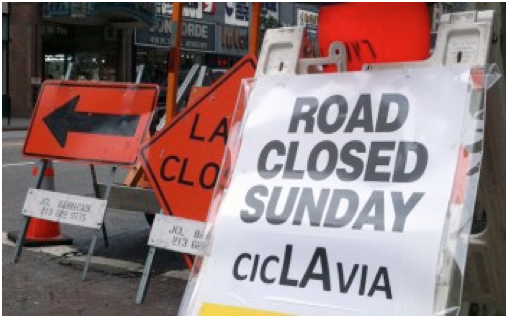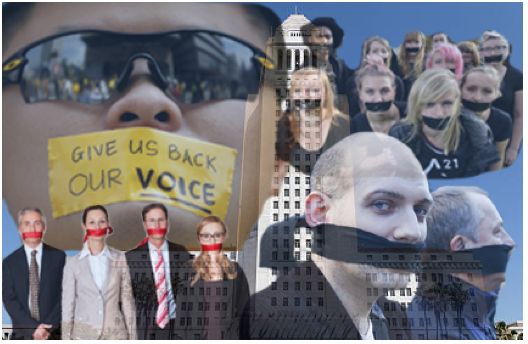Court Slams Brakes on Federal Prosecution of California Pot Growers
PRECEDENT SETTING--A U.S. District Court this week blocked federal prosecutors from moving forward with their conspiracy case against a pair of Northern California cultivators because the duo was determined to be in compliance with Golden State medical marijuana laws.




































